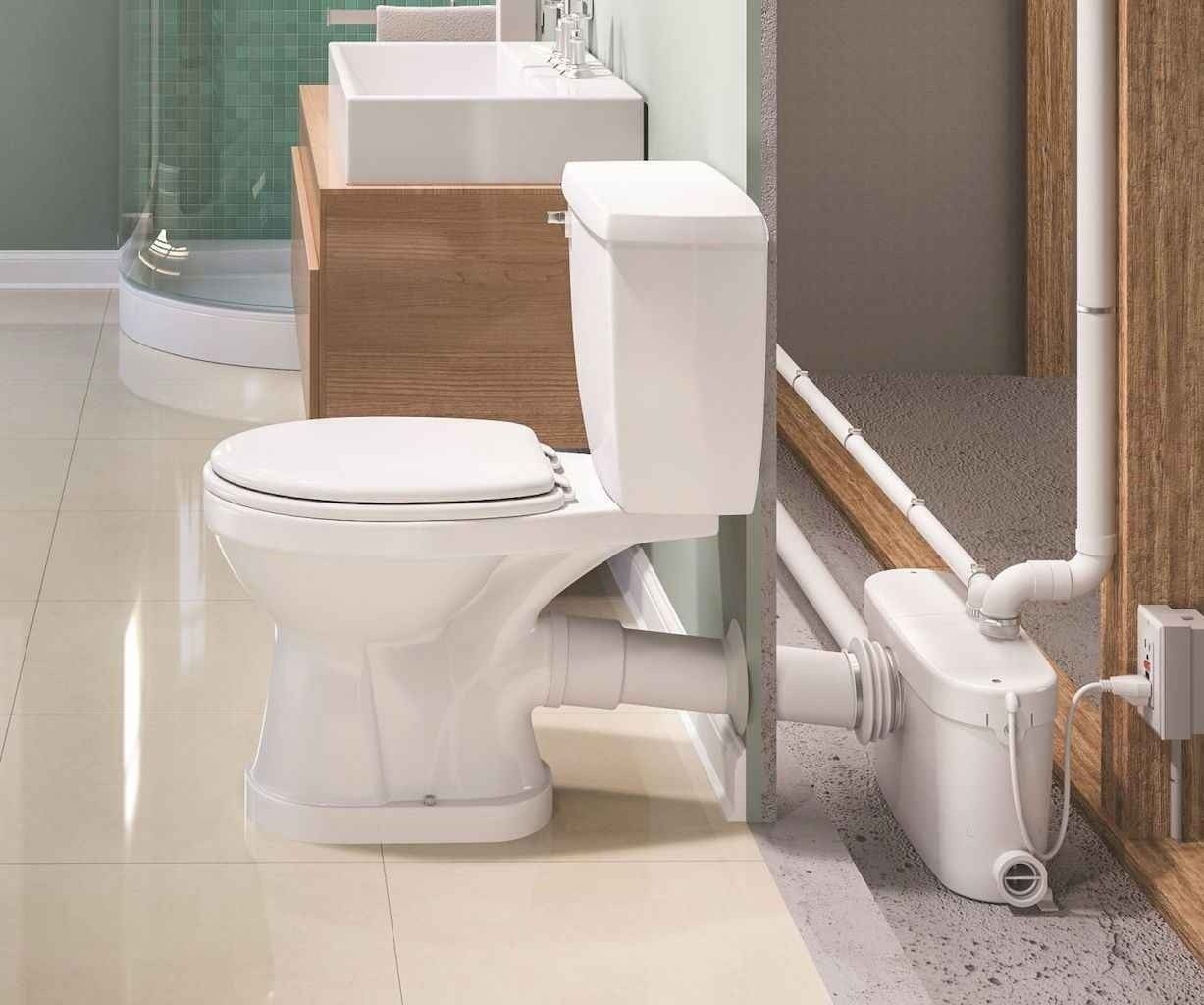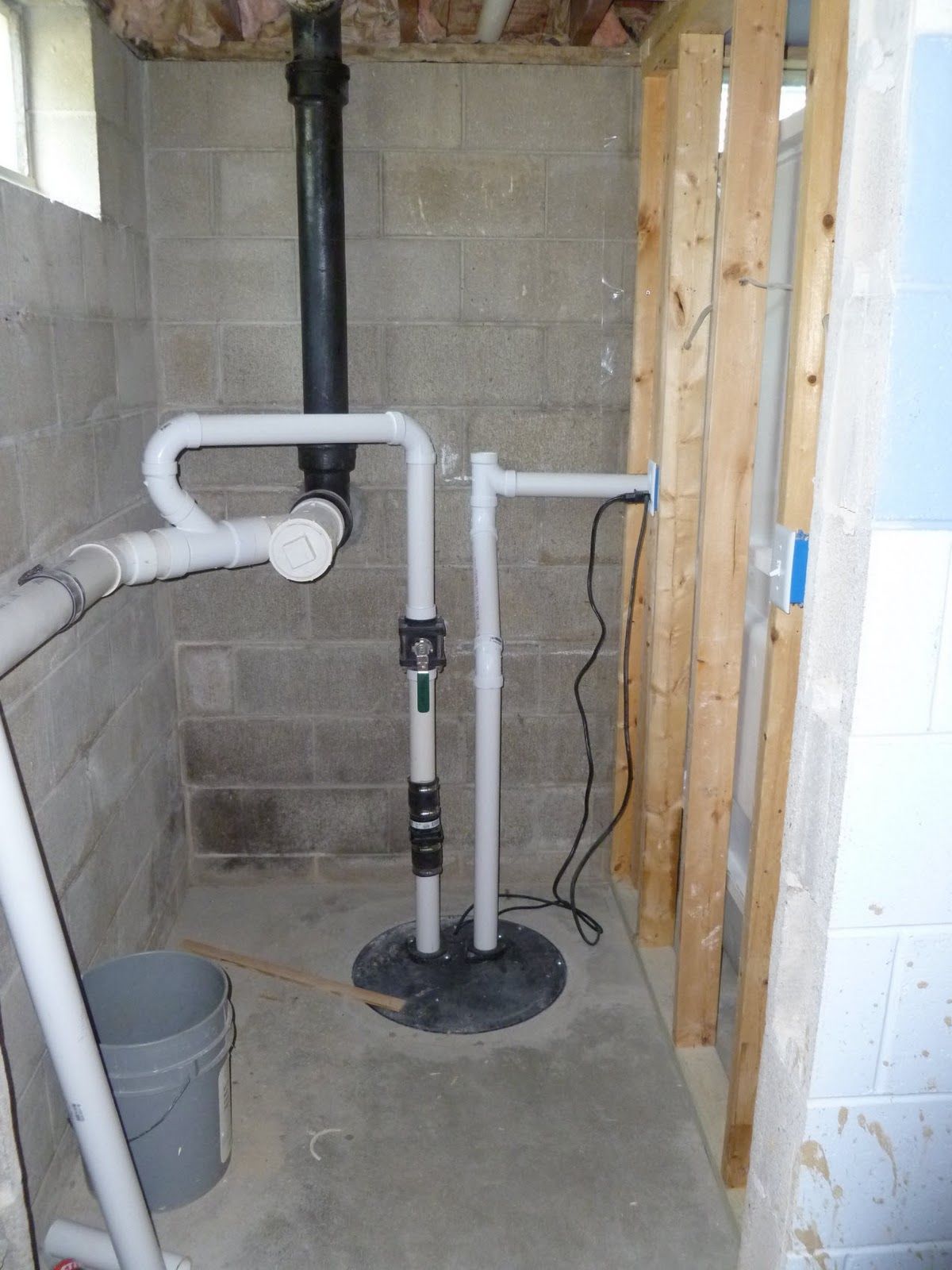Basements are versatile spaces that can be transformed into additional living areas, and adding a bathroom to your basement can greatly enhance its functionality and convenience. However, installing a bathroom in the basement can pose unique challenges, particularly when it comes to plumbing. This is where a basement bathroom pump comes into play. In this article, we will explore the importance of a basement bathroom pump, its benefits, how it works, the installation process, maintenance requirements, and answer some common questions.
A basement bathroom pump is a specialized device designed to facilitate the removal of wastewater from fixtures located below the main sewer line. It effectively pumps sewage and gray water up to the level of the sewer or septic system, allowing for the installation of bathrooms, toilets, showers, and sinks in areas where traditional gravity-based plumbing systems are not feasible.
Table of Contents

What is a Basement Bathroom Pump?
A basement bathroom pump, also known as a sewage ejector pump or macerating toilet system, is a mechanical device that grinds solid waste and pumps it from a lower level to a higher level. It essentially acts as a miniature sewage pumping station for your basement. This pump is specifically engineered to handle the solids and liquids typically found in wastewater, ensuring efficient and reliable operation.
Best Small Bathroom Remodel On A Budget
Benefits of Installing a Basement Bathroom Pump
1. Convenience and functionality
Installing a basement bathroom pump offers tremendous convenience, especially if you frequently use your basement as a living or entertainment area. It eliminates the need to constantly go upstairs to use the bathroom, providing easy access to essential facilities right where you need them. Whether you’re hosting guests, enjoying leisure time, or working in your basement, having a bathroom nearby adds significant comfort and functionality.
2. Increased property value
Adding a basement bathroom can significantly increase the value of your property. The inclusion of a bathroom in the basement provides an additional amenity, making your home more appealing to potential buyers. It expands the usable space and offers convenience that can set your property apart from others on the market. A well-designed and properly installed basement bathroom with a reliable pump system is an investment that pays off in both comfort and property value.
3. Flexibility in design and layout
A basement bathroom pump offers flexibility in terms of design and layout. Unlike traditional plumbing systems that rely on gravity, a pump allows you to position bathroom fixtures virtually anywhere in the basement, regardless of the location relative to the main sewer line.
Basement Bathroom Stubbed Out
How Does a Basement Bathroom Pump Work?
A basement bathroom pump operates by macerating solid waste and then pumping it upwards to the main sewer line or septic system. It consists of several key components, including a grinder, a pump, and a holding tank. When wastewater enters the pump system, the grinder breaks down solid waste into smaller particles, making it easier to transport. The pump then activates, pushing the wastewater through a discharge pipe and into the main sewage system.
There are different types of basement bathroom pumps available, including grinder pumps and macerating pumps. Grinder pumps are capable of handling larger solid waste particles and are typically used in installations where heavy-duty performance is required. Macerating pumps, on the other hand, use blades to break down waste into a slurry, allowing for easier pumping. The choice between these pump types depends on the specific needs of your basement bathroom.
Basement Sewage Ejector Pump
Choosing the Right Basement Bathroom Pump
Selecting the appropriate basement bathroom pump is crucial for optimal performance and long-term satisfaction. Here are some considerations to keep in mind:
1. Considerations for selection
When choosing a basement bathroom pump, consider factors such as the number of fixtures it will serve, the volume of wastewater it needs to handle, and the distance to the main sewer line. Assessing these requirements will help determine the appropriate pump capacity and power needed to meet your specific needs.
2. Sizing and capacity
Ensure that the pump you choose is appropriately sized for your basement bathroom. It should have the capacity to handle the anticipated volume of wastewater and the number of fixtures you plan to install. Oversized pumps may result in unnecessary energy consumption, while undersized pumps can lead to inadequate performance.
3. Noise levels and maintenance requirements
Consider the noise levels produced by the pump during operation, especially if your basement is used as a living or sleeping area. Look for pumps with noise-reduction features to minimize disturbances. Additionally, consider the maintenance requirements of the pump. Opt for models that are easy to access for regular inspection, cleaning, and potential repairs.
Basement Bathroom Ejector Pump
Installation Process for a Basement Bathroom Pump
Proper installation of a basement bathroom pump is crucial for its efficient and reliable operation. Here is a step-by-step guide to the installation process:
1. Preparing the space
Start by selecting a suitable location for the pump and the holding tank. The pump should be installed in a well-ventilated area that allows easy access for maintenance and repairs. Ensure that the chosen location meets any local building code requirements.
2. Installing the pump and connecting plumbing
Once the location is determined, install the pump according to the manufacturer’s instructions. Connect the plumbing lines from the bathroom fixtures to the pump, ensuring proper alignment and tight connections. It’s important to follow all plumbing codes and regulations during this process.
3. Testing and troubleshooting
After the installation is complete, thoroughly test the system to ensure proper functionality. Check for any leaks, unusual noises, or performance issues. If any problems arise, consult the manufacturer’s troubleshooting guide or seek professional assistance to address them promptly.
Basement Bathroom Ejector Pump
Maintenance and Care for a Basement Bathroom Pump
Regular maintenance is essential to keep your basement bathroom pump in optimal condition. Here are some maintenance tasks to consider:
1. Regular inspection and cleaning
Inspect the pump and its components regularly for any signs of damage, wear, or clogging. Clean the pump and the holding tank as needed to prevent the buildup of debris or sediment. Follow the manufacturer’s guidelines for cleaning products and procedures to avoid damaging the pump.
2. Troubleshooting common issues
Be aware of common issues that may arise with basement bathroom pumps, such as clogs, motor failures, or alarm activations. Familiarize yourself with troubleshooting techniques recommended by the manufacturer to address minor problems. However, for major issues or persistent malfunctions, it’s advisable to seek professional assistance.
3. Professional servicing and repairs
Schedule regular professional servicing for your basement bathroom pump. This ensures that the pump is thoroughly inspected, cleaned, and tested by experts who can identify any potential problems before they escalate. Professional servicing can extend the lifespan of your pump and help maintain its optimal performance.
Sewage Ejector Pumps Basement Toilet
Conclusion
A basement bathroom pump is a valuable addition to any basement, providing convenience, flexibility in design, and increased property value. By understanding how basement bathroom pumps work, choosing the right pump for your needs, following proper installation procedures, and conducting regular maintenance, you can enjoy a fully functional and reliable basement bathroom for years to come.
Investing in a basement bathroom pump ensures that you have a convenient and efficient way to handle wastewater in your basement. So, don’t hesitate to explore the options available, consult professionals when needed, and make the most of your basement space with a well-designed and properly installed bathroom.
Basement Bathroom Pump Pictures
Liberty Pumps Toilet System Bathroom
Basement Bathroom Plumbing

How To Install Sewage Ejector Pump In Basement
Basement Bathroom Remodeling
Basement Bathroom Pump
Basement Bathroom Systems
Sewage Ejector Sump Pump Installation
Small Basement Bathroom Toilet
Sewage Pump Installation Basement Toilet Bathroom
Waste Pump For Basement Bathroom

Basement Bathroom Design
An Upflush Toilet For Basement Remodel


















